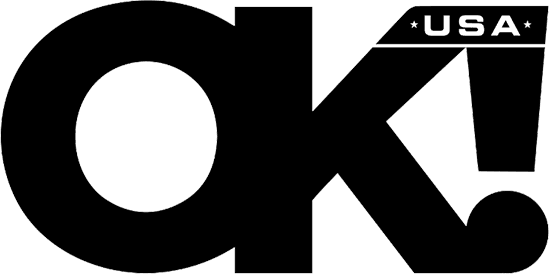 NEWS
NEWSThe Pink-Collar Economy: The Rise of the Female Beauty Entrepreneur

Sept. 29 2025, Published 1:12 a.m. ET
A significant economic trend is emerging: the sheconomy. Nowhere is this change more obvious than in the beauty and wellness industry.
Valued at over $871 billion globally, this market is a testament to the influence of female consumer spending. Women are the primary shoppers in 72% of US households, directing trillions of dollars in purchasing decisions annually.
But their role as consumers is only half the story. Their greatest impact comes from being the industry’s primary workforce, turning their spending power into career opportunities.
As professionals and entrepreneurs, women are not just participating in the beauty industry. They are building their future from the ground up, forging new and accessible paths to economic independence.
Workforce Power
Cosmetology and esthetics are at the very center of this professional movement. These are not just popular jobs; they are two of the fastest-growing career paths in the United States today.
The numbers speak for themselves. The US Bureau of Labor Statistics projects that jobs for skincare specialists will grow by 10% between 2023 and 2033. For barbers and hairstylists, the growth rate is 7%. Both growth rates far outpace the 5% average for other jobs.
These go beyond just gigs. The proof?Over 40% of licensed professionals are over 40, showing this is a field where you can build a lasting career.
This growth is a game-changer for women of color and first-generation professionals, who see a clear path to ownership here. It’s a trade where skill, not a degree, dictates your success.
The faces of the industry are changing, too. About 15% of professionals are Hispanic, 12% Black, and 8% Asian. The field is still around 60% White, yet the shift toward diversity is undeniable.
Student Interest Is Surging
The promise of a stable and creative career has not gone unnoticed. In fact, student interest in the beauty professions is surging.
A new generation of women, digitally native and entrepreneurial in spirit, is actively seeking this work. Research data from Olympia Marketing, a South Florida-based marketing agency, confirms this, with over one million online searches for beauty careers.
Public search data reflects a notable rise in interest—multiple platforms published career guides and educational content in January 2025, responding to increased searches for ‘how to become a cosmetologist.’
A real shift in how people see their careers is taking place at the moment. Cosmetology and esthetics are now first-choice professions.
A Path of Economic Stability and Entrepreneurship
So what’s the appeal? It’s a unique mix of stability and freedom.
This is hands-on work, offering a degree of stability that may be less affected by economic downturns or automation—two rare traits in today’s shifting job market. For many women, particularly those building lives outside of traditional roles, that kind of security can be highly appealing. At the same time, this profession is sometimes described as offering elements of tradition within a modern, women-led context. By choosing a career that’s self-governed and entrepreneurial, some view it as a way to revisit aspects of conventional gender norms, even as broader society moves in different directions.
A notable demographic shift is influencing many aspects of society. According to research from Morgan Stanley, women under 40 in the U.S. today are increasingly not getting married or having children.
With newfound freedom comes a new responsibility: long-term self-reliance and forethought in career choice. In the past, economic stability for many women was tied to family structure. Today, more are forging their own path—and that includes building careers that can support them not just now, but decades into the future.
However, many young women in the beauty industry realize that beauty-oriented careers offer more than a paycheck—they offer ownership. An estimated 33% of professionals in the industry are self-employed, five times the national average. For many, this industry is the most accessible path to autonomy.
Want OK! each day? Sign up here!
What Schools Must Do
A career in beauty is no longer a fallback. It’s a first choice for the modern woman—one who’s independent, entrepreneurial, and making long-term plans.
Beauty schools must recognize this. They can’t afford to market outdated narratives or offer limited training. Today’s student wants more: business education, real tech skills, and clear transparency on outcomes. She isn’t just looking for a diploma—she’s investing in her future.
Just teaching technical skills won’t cut it anymore. Schools need to offer practical training in business, finance, and digital marketing. Integrating technology is not optional, either.
Specializing in high-growth areas will give graduates an edge. Medical aesthetics is growing at twice the rate of traditional cosmetology, with an 8% CAGR projected through 2033.
By presenting real-world paths to ownership and financial success, schools can serve as valuable training grounds for future female leaders in this growing industry.


